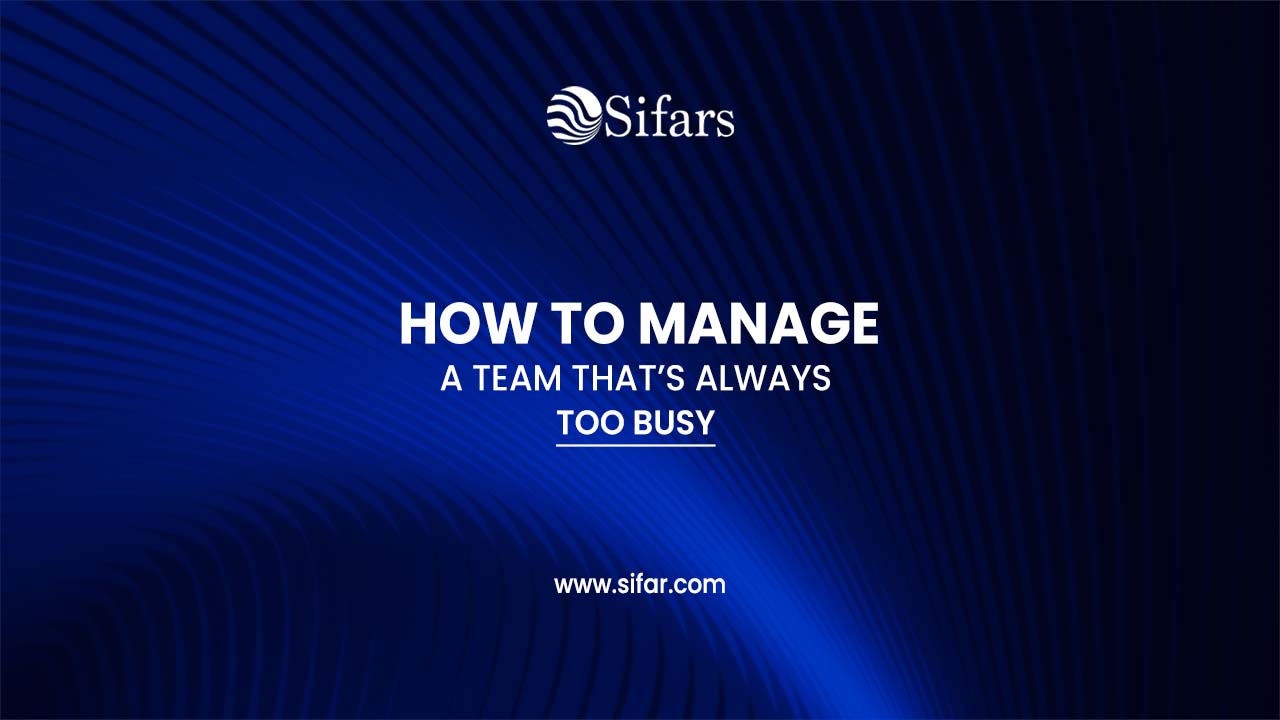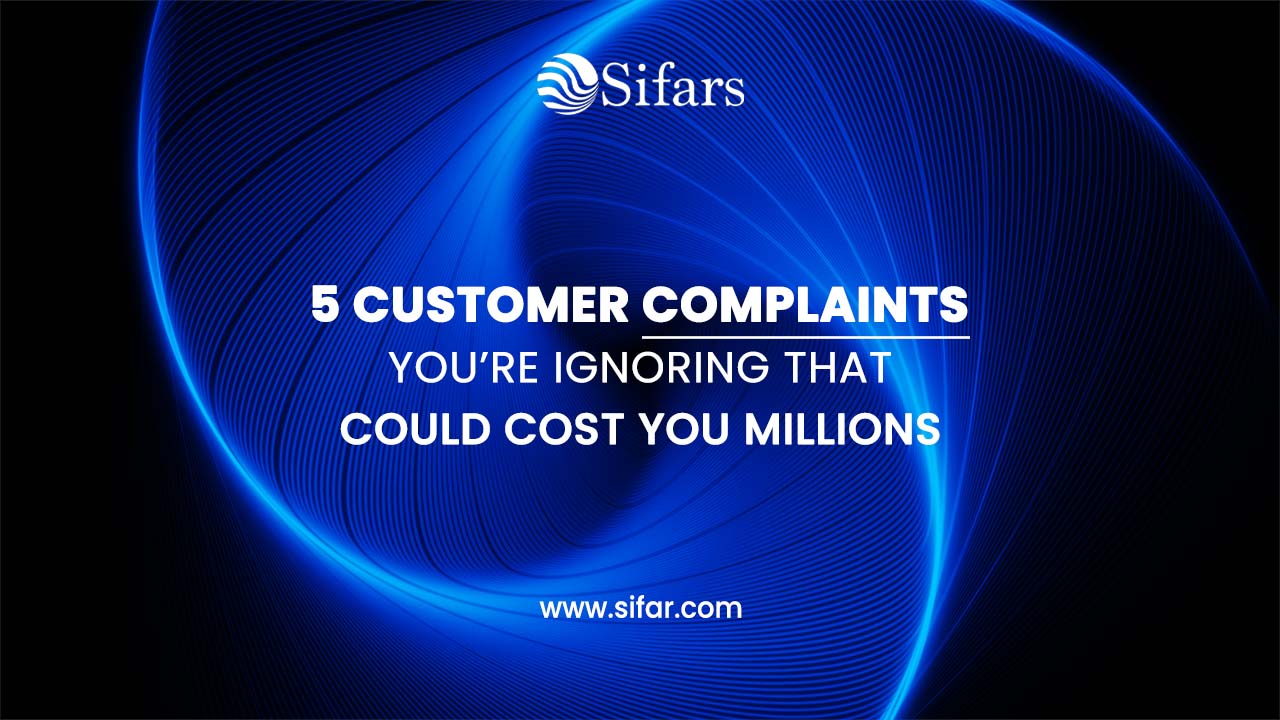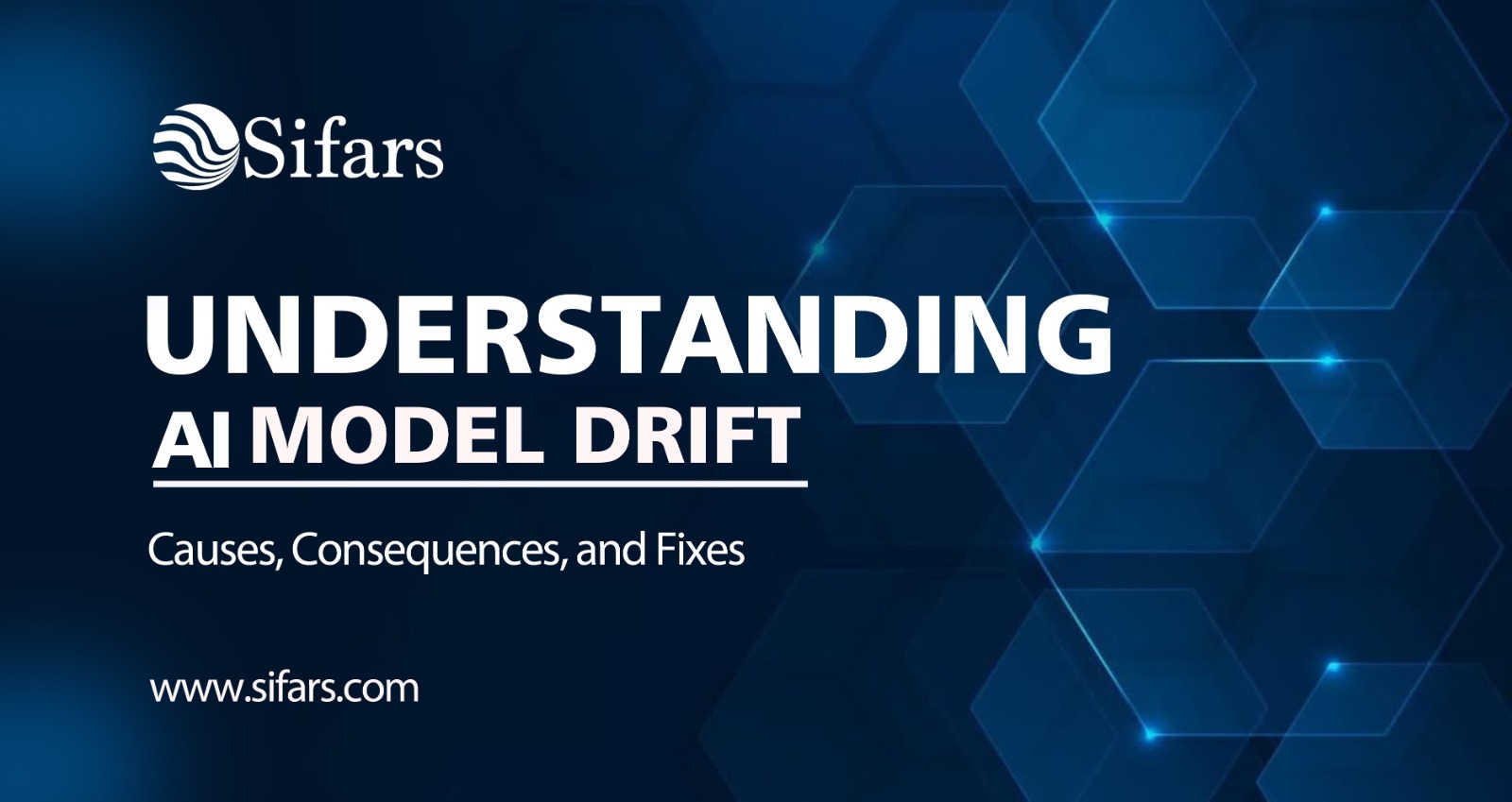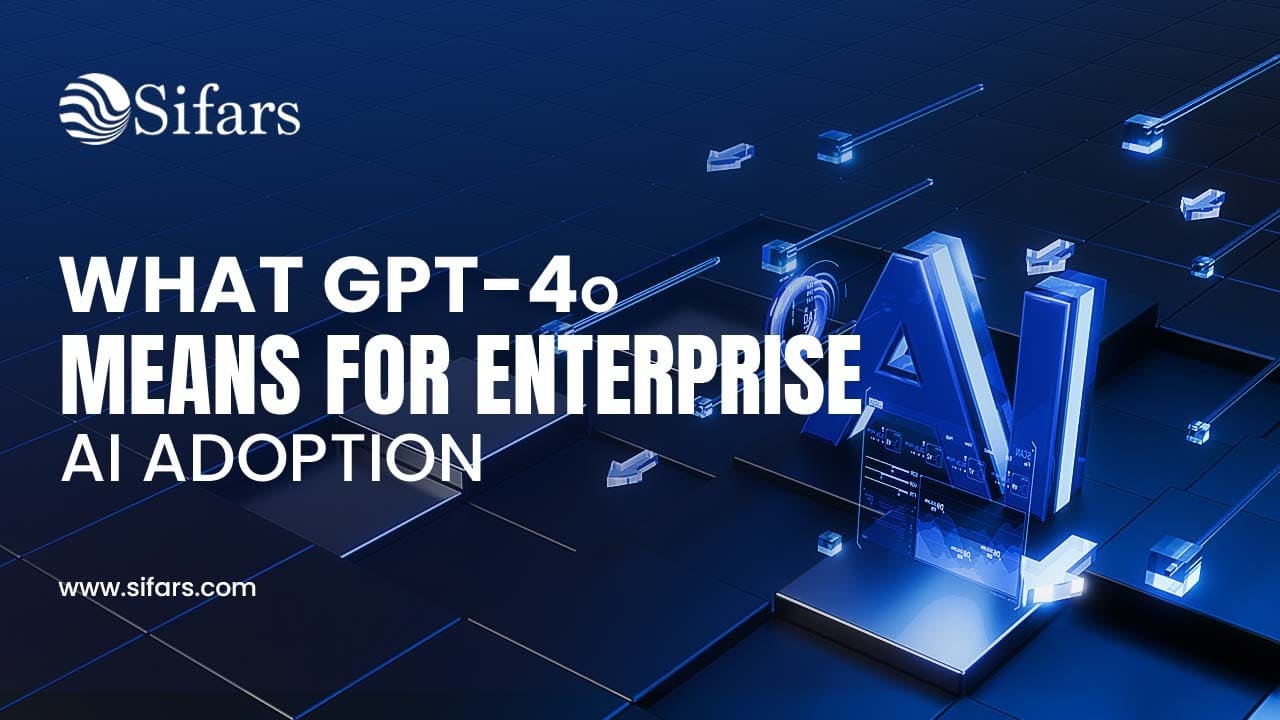In today’s hyper-competitive business world, “work harder” has become the default mantra. Employees are logging extra hours, managers are micromanaging processes, and businesses are pushing teams to deliver “just a little more.” But here’s the hard truth: working harder isn’t translating into better results.
Instead, teams are stuck in what experts call the “Productivity Trap” — a dangerous cycle where more effort leads to diminishing returns, rising burnout, and declining efficiency.
This blog unpacks why working harder is failing modern businesses, what lies beneath this trap, and, most importantly, how AI-driven productivity tools and automation can help companies break free and scale smarter, not harder.
The Modern Productivity Paradox
The world has never been more connected or equipped with tools for work, yet global productivity growth has slowed. According to recent studies by McKinsey, employees spend 60% of their time on repetitive tasks, leaving limited room for innovation, strategy, or creative problem-solving.
Businesses often misinterpret this slump as a “lack of effort,” responding by adding more meetings, longer hours, and tighter supervision. Instead of solving the problem, they amplify it, leaving teams trapped in cycles of busyness without impact.
Why Working Harder Is No Longer Effective
1. The Law of Diminishing Returns
The human brain is not wired for sustained overwork. After a certain point, every additional hour spent doesn’t improve outcomes — it reduces accuracy, creativity, and decision-making ability.
A Stanford study revealed that output per hour declines sharply after the 50-hour workweek mark, meaning the extra time often generates minimal or even negative results.
2. Focus on Activity, Not Outcomes
Businesses often equate busyness with productivity — endless status meetings, constant check-ins, and micromanagement. But activity doesn’t always drive impact.
Without systems to measure real performance metrics, companies mistake motion for progress and fail to see where optimization is truly needed.
3. Outdated Tools and Processes
Many businesses are stuck with outdated systems — manual data entry, siloed platforms, or disconnected workflows — that drain time and energy from employees. When workers spend more time fixing tools than using them, efficiency plummets no matter how many hours are invested.
4. Cognitive Overload
With constant emails, notifications, and meetings, employees face information fatigue. This overload reduces focus and leads to poor decision-making, a key driver of stalled productivity.
AI can significantly help here by automating prioritization and filtering irrelevant noise, freeing teams to focus on strategic work.
The Hidden Costs of the Productivity Trap
The impact of this trap extends beyond delayed projects and missed deadlines. Businesses pay a steep price for staying locked in outdated productivity models:
- Employee Burnout: Over 50% of employees report feeling burned out, leading to higher turnover and talent loss.
- Missed Opportunities: Time spent on low-value tasks prevents teams from innovating or pursuing growth initiatives.
- Declining Profit Margins: Inefficient workflows eat into resources, reducing profitability.
Poor Forecasting: Overloaded teams produce lower-quality data and insights, affecting strategic decisions.
Breaking Free: From Working Harder to Working Smarter
Modern challenges require modern solutions. Businesses need to shift from manual effort to intelligent systems, where technology — especially AI — plays a central role in optimizing processes and amplifying human potential.
Here’s how forward-thinking businesses are doing it:
1. Automate Repetitive Processes
AI-driven business automation tools handle repetitive, time-consuming tasks like data entry, invoicing, scheduling, or reporting.
Example:
A retail company using AI-powered automation cut manual reporting hours by 70%, freeing analysts to focus on strategic insights that boosted revenue by 15% in one quarter.
2. Optimize Workflow with AI Insights
AI systems analyze workflows to identify bottlenecks and inefficiencies that managers may miss. These insights allow companies to redesign processes for maximum efficiency.
Example:
An enterprise client using AI workflow optimization reduced project turnaround time by 30% while increasing accuracy.
3. Smarter Resource Allocation
AI-driven analytics predict demand, optimize workforce allocation, and ensure the right people are working on the right tasks at the right time. This eliminates overwork in some areas and underutilization in others, creating a balanced and efficient environment.
4. Enhanced Decision-Making
AI-powered decision support tools process vast data sets to deliver real-time, actionable insights. This eliminates guesswork and enables managers to make informed choices quickly and confidently.
5. Personalizing Productivity Tools
Not all employees work the same way. AI-enabled platforms adapt to individual preferences, helping employees manage priorities, schedule breaks effectively, and maintain optimal focus without burnout.
Real-World Success Stories
Case Study 1: A Manufacturing Firm’s Turnaround
A mid-sized manufacturer struggling with delayed deliveries and low employee morale integrated AI-driven scheduling and demand forecasting tools.
Result: Reduced downtime by 40%, increased on-time delivery by 30%, and improved employee satisfaction.
Case Study 2: Scaling a Financial Services Company
A financial services firm adopted AI workflow automation for client onboarding and compliance processes.
Result: Client onboarding time dropped from 10 days to 3, while regulatory errors fell by 60%, allowing teams to focus on client relationships.
Action Plan to Escape the Productivity Trap
- Audit Your Processes: Identify where time is wasted and workflows are fragmented.
- Introduce Smart Automation: Start with high-volume, repetitive tasks that drain resources.
- Leverage Data for Decisions: Use AI-driven analytics for clear insights into operations.
- Focus on Outcomes, Not Hours: Shift performance metrics to measure impact and results.
5. Create a Culture of Smart Work: Encourage teams to embrace technology as a partner, not a threat.
The Role of Sifars in Your Productivity Transformation
At Sifars, we understand that businesses don’t just need to work harder — they need to work smarter. Our AI-driven productivity solutions help companies:
- Automate repetitive tasks to free up valuable time.
- Gain actionable insights with predictive analytics.
- Optimize workflows for speed, accuracy, and impact.
- Create scalable systems that grow with your business.
Whether you’re a startup struggling to manage rapid growth or an enterprise stuck in operational inefficiencies, Sifars provides tailored AI solutions that help you break free from the productivity trap and build a smarter, more resilient business.
Key Takeaway
Hard work will always be part of success, but in the digital era, hard work alone is no longer enough. Businesses that continue relying on outdated methods will face burnout, inefficiency, and shrinking margins.
The future belongs to companies that embrace intelligent productivity — powered by AI. By automating where it counts and analyzing where it matters, organizations can unlock the true potential of their teams and achieve sustainable growth.
With Sifars as your AI partner, working smarter is no longer a dream — it’s your next competitive advantage.
FAQ’S
1. What is the productivity trap in business?
The productivity trap is a cycle where businesses push employees to work harder and longer, but efficiency and output don’t improve. Instead, it often leads to burnout, errors, and stalled growth because the root cause—inefficient systems and processes—remains unaddressed.
2. How can AI help businesses work smarter, not harder?
AI helps businesses escape the productivity trap by automating repetitive tasks, analyzing workflows to remove bottlenecks, and providing real-time insights for better decision-making. This enables teams to focus on high-value work that drives growth and innovation.
3. What are signs that your company is stuck in the productivity trap?
Common signs include employees consistently working overtime, declining quality of output, missed deadlines, rising burnout, and stagnating revenue despite increased effort. These symptoms often indicate a need for smarter systems and workflow optimization.
www.sifars.com









